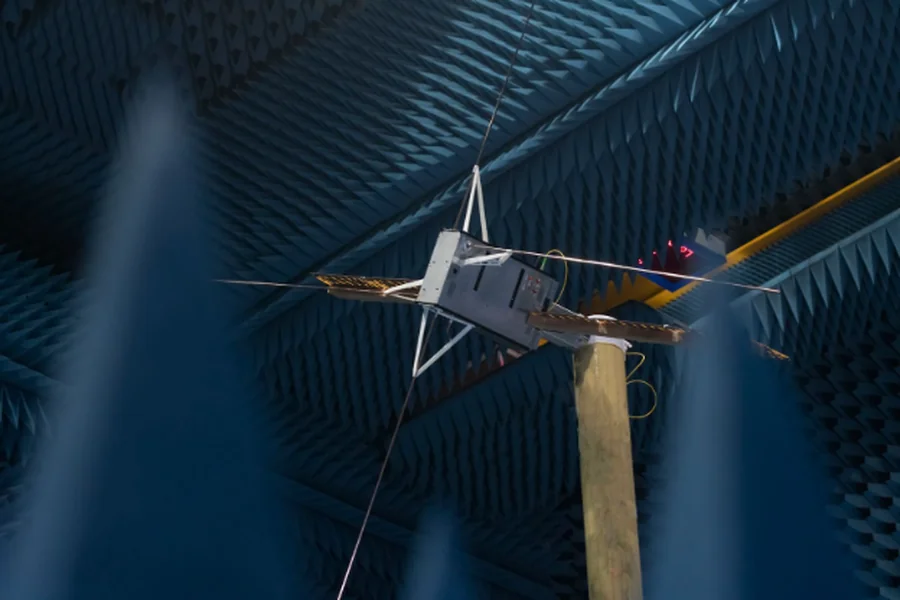According to NASA, the number of human-made objects orbiting our planet exceeds 45,000, with hundreds of new ones being launched annually, testifying to the technological advancements and ingenuity of mankind. These satellites have a wide range of uses, from extraterrestrial exploration and Earth observation to space logistics. But what allows them to perform such complex missions? What parts do they consist of? And what are the functions of satellites in space?
If you look at satellite parts diagrams, you will easily notice that these space-borne systems differ in type and shape, although they all share a basic structure that makes them functional. In this post, we will explore the anatomy of spacecraft and their functions in detail. You can also learn more about the cutting-edge satellite parts on https://dragonflyaerospace.com/components/.
What Are the Parts of a Satellite and Its Function?
The structural framework of a spacecraft consists of two principal sections:
- The bus supports all satellite components
- Payload with mission-specific equipment
Bus and Included Satellite Parts
A bus (or spacecraft platform) is a structural frame of a space-borne system that houses all the elements needed for its proper functioning. The platform features great durability under extreme conditions and can withstand various mechanical stresses during a flight (acceleration and liftoff, temperature differences, noise, etc.). Hence, materials used for bus construction often include titanium, CFRP, and aluminium, known for their strength properties. The main satellite components that a bus traditionally includes are:
- Power system: It’s one of the most important bus parts that generates a constant source of power and distributes it across all the subsystems, ensuring their functioning. The system is often made up of solar panels attached to the structure of a spacecraft that extend when orbiting. During eclipse periods when solar energy is unavailable, spacecraft source power from rechargeable batteries. This category also includes an electrical power system that monitors battery voltage and charge and manages the distribution of energy.
- Propulsion system: The system is responsible for the spacecraft’s capability to change the orbit and maintain its position. Depending on the spacecraft’s mission, the implemented technology may include electric, chemical, or cold gas propulsion. They all operate on the same principle: the system accelerates mass through a nozzle, generating thrust.
- Thermal control system: Spacecraft are always exposed to extreme temperatures, which may affect the function of electric satellite parts if they are not protected. The thermal control system is designed to prevent all temperature-related failures of bus elements using radiators, heat pipes, and insulation blankets.
- Control systems and onboard computers: These are crucial for providing proper navigation, data processing, and communication while orbiting. They execute commands from the ground control, process the instructions through the C&DH, and distribute them across other bus components. They also continuously check the status and health of all onboard systems, ensuring their optimal performance, as well as detect and correct anomalies in spacecraft operations. In addition, control systems and computers handle data processing and store information before transmitting it to Earth.
- GNC system: The Guidance Navigation and Control system represents the operational core of a spacecraft, which enables it to carry out missions efficiently. It includes satellite parts that make up the ADCS used for adjusting the orientation of a spacecraft and determining its position in space. Proper system functionality is ensured through actuators (e.g., magnetic torques and reaction wheels) and sensors (inertial measurement units, sun sensors, star trackers, and so on).
- Communication system: As the satellite parts name implies, the system caters to all forms of communication between the ground station and spacecraft. It enables both downlink (from the spacecraft to Earth) and uplink (from Earth to the spacecraft) data exchange. The communication system is also used for spacecraft tracking, sending commands, and monitoring the health of all bus elements and subsystems. The components of a satellite communication system typically include antennas, telemetry transmitters, tracking beacons, and command processors.
Payload Satellite Parts

Payloads are those elements designed to transport the equipment and tools needed to perform certain space operations or missions. The types of payloads differ significantly, depending on the spacecraft’s goal. The most popular options are:
| Types of Payloads | What They Carry |
| Communication | Transponders, amplifiers, and antennas to transmit signals from and to Earth. |
| Earth observation | Hyperspectral or multispectral imagers, cameras, SARs, and other remote sensing equipment. |
| Navigation | Signal transmitters and atomic clocks to send precise timing, navigation, and positioning data to Earth. |
| Technology demonstration | New technologies or experimental equipment for more efficient space missions. |
| Scientific | Different scientific instruments like spectrometers, particle detectors, telescopes, etc. |
| Meteorological and weather | Sensors for measuring temperature, atmospheric conditions, and cloud cover. |
| Military | Infrared sensors, high-resolution cameras, SARs, encrypted transponders, and other equipment to perform specific military missions. |
| Interplanetary exploration | Scientific instruments to study asteroids, planets, and moons. |


